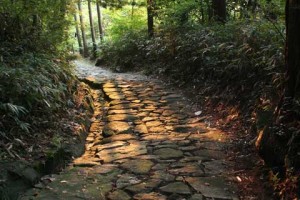
Elections in the upper House of Councilors occur every three years when half the members have to stand for election. The 1992 election for the upper house had the potential for dramatic change, but it did not happen. In the previous election, the ruling Liberal-Democratic Party narrowly lost its majority in this House. This forced… [Read more]


